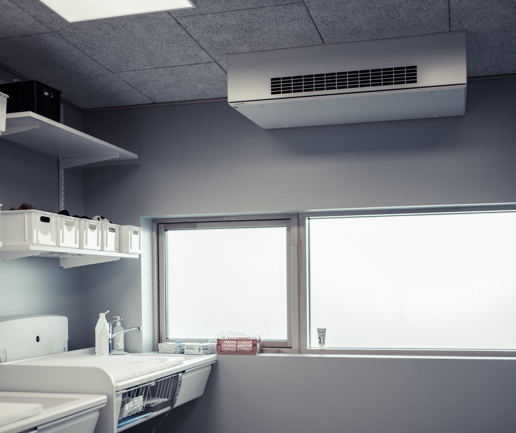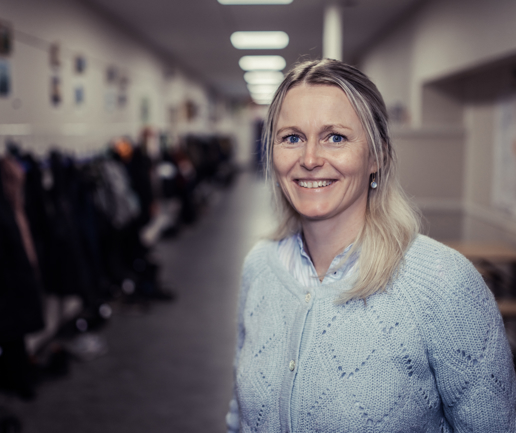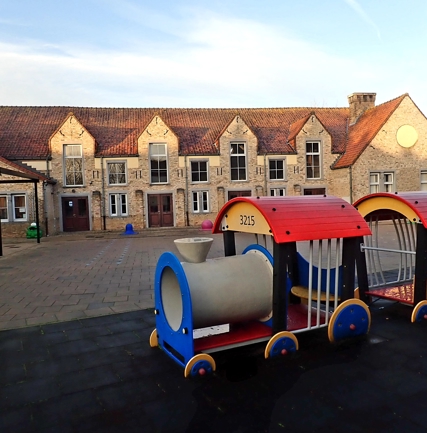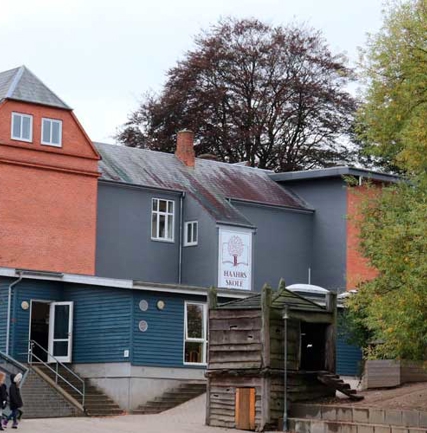The challenge of a poor indoor climate must be proactively approached
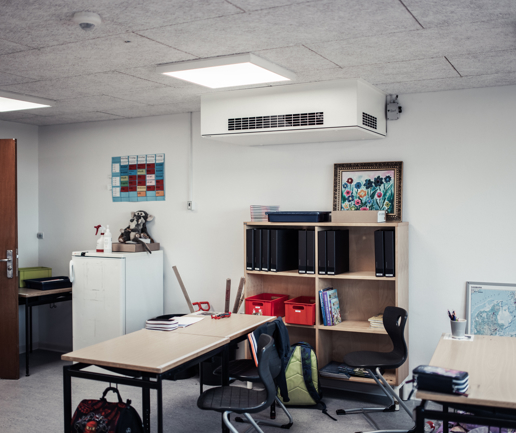
The debate over the consequences of a poor indoor climate in schools and institutions has been ongoing for years but improvements have not come. This can be seen, among other things, in the published Danish research project ”Mass Experiment 2021”, which was organized by the science center Astra, developed in collaboration with the Technical University of Denmark DTU, and funded by the philanthropic association Realdania. The results speak for themselves: The indoor climate in Danish schools is simply miserable.
Silkeborg Municipality will not contribute to the horrific statistics
Silkeborg Municipality takes the indoor climate problem seriously. Over the past eight years, the municipality has worked strategically to create a healthier indoor climate for the municipality's children and young people. Thomas Lyngvad, who for 15 years was employed as a client consultant in Silkeborg municipality, from 1st of March started up as an independent advisor in indoor climate.
"In Silkeborg Municipality, we received several orders from the Danish Working Environment Authority back in 2014. Although we initially rejected them, we realized that on an overall level, it was essential to work strategically with the establishment of a healthy indoor climate in schools and institutions. It was not satisfactory to make quick patch solutions," says Thomas Lyngvad and continues:
"We, therefore, prepared some methodologies, i.a. with the help of Realdania. This method was to ensure that we did not, firstly, throw ourselves headlong into random renovations, but also that we made it all the way around in the process. And it has yielded results. Silkeborg Municipality is of course not there yet. In 2014, 11,000 children attended school in the municipality. 3,500 of those were in a reasonable indoor climate. Five years later, there were 8,000 children sitting in a healthy indoor climate, and that development would very much like to continue. The indoor climate challenges must be tackled proactively", he says.
In the Mass Experiment 2021, you can see, among other things, that in more than half of the participating classes, a CO2 concentration was measured above the Danish Working Environment Authority's recommended limit value. In 11% of the classes more than double the recommended level.

